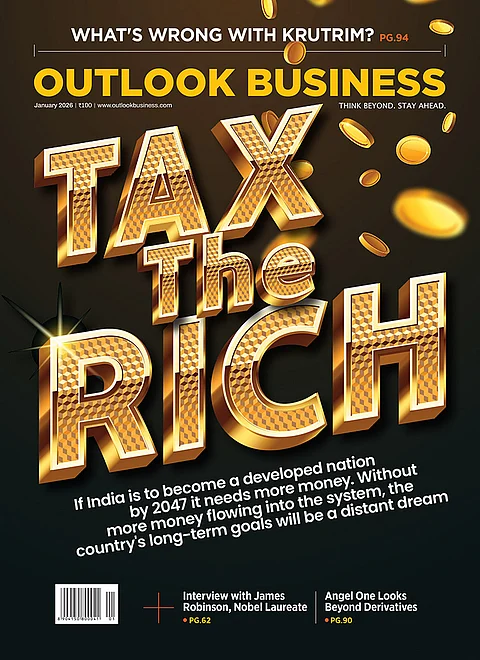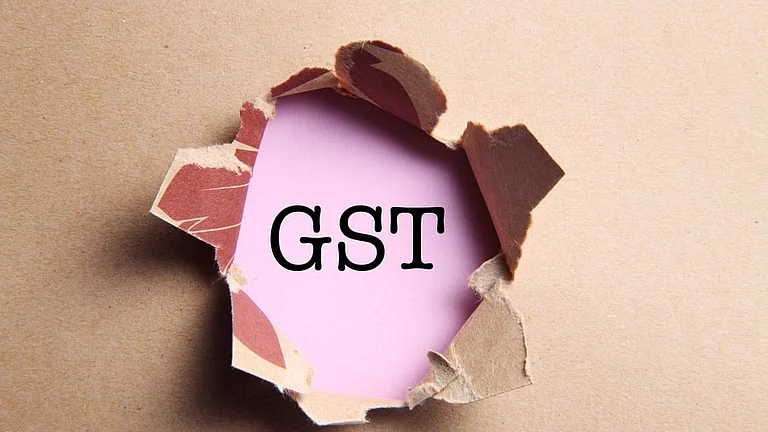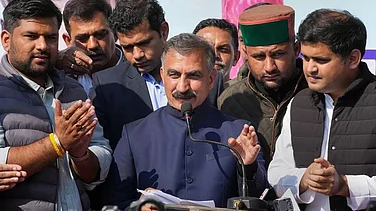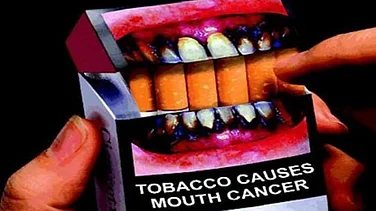
The Centre has proposed a two-tier GST structure of 5% for merit goods, 18% for standard goods, and a special 40% rate for 5–7 items, replacing the current four slabs of 5%, 12%, 18%, and 28%.
Currently, the 18% slab contributes about 65% of GST revenues, 5% slab about 7%, 12% about 5%, and 28% about 11%.
Under the proposal, 99% of goods in the 12% bracket will shift to 5%, while the rest move to 18%; 90% of items in the 28% bracket will shift to 18%, with only a few moved to 40%.
The 18% slab is expected to remain the largest contributor to GST revenues, supported by higher volumes and consumption boost.
The 18% tax slab is expected to remain the major contributor to GST revenues if the Centre's proposal for a two-tier GST structure and a special 40% rate is implemented, according to a source.
At present, the Goods and Services Tax (GST) follows a four-tier structure with rates of 5%, 12, 18, and 28%. Food and essential items are either exempt or taxed at 5%, while luxury and sin goods attract the highest rate of 28%.
The 5% slab contributes around 7% to total GST revenues, while the 18% slab accounts for a dominant 65%. The 12% and 28% slabs contribute approximately 5% and 11%, respectively, to the GST collection.
The Centre has proposed to the Group of Ministers on GST rate rationalisation a 2-tier rate structure of 5 and 18% for 'merit' and 'standard' goods and services, and a 40% rate for about 5-7 goods. The proposal entails doing away with the current 12 and 28% tax slabs.
"The 18% slab will continue to account for a lion's share in the GST revenues as per the Centre's proposal. We expect volumes to go up and a consumption boost which will help improve the GST revenues from the current level," the source said.
Once the goods and services are categorised as merit and standard, 99% of the items in the 12% bracket will move to 5%, with the remaining moving to 18%.
Also, 90% of the goods and services in the 28% bracket will move to 18% and only 5-7 items will go up to 40% rate.
The average monthly GST collection has risen from ₹1.51 lakh crore in FY22 to ₹1.84 lakh crore in FY25.
GST, which subsumed over a dozen local levies and cesses, was rolled out on July 1, 2017. The number of registered taxpayers has risen from 65 lakh in 2017 to over 1.51 crore.































